More info
Find Travel Agents Near You
Our ancient inhabitants are believed to have arrived in Papua New Guinea about 50-60,000 years ago from Southeast Asia during an Ice Age period when the sea was lower and distances between islands was shorter. New Guinea (as it used to be known), one of the first landmasses after Africa and Eurasia to be populated by modern humans, had its first migration at about the same time as Australia, placing us alongside one of the oldest continuous cultures on the planet.
Agriculture was independently developed in the New Guinea highlands around 7,000 BC, making it one of the few areas of original plant domestication in the world. A major migration of Austronesia speaking peoples came to our coastal regions roughly 2,500 years ago, along with the introduction of pottery, pigs, and certain fishing techniques.
Some 300 years ago, the sweet potato entered New Guinea with its far higher crop yields, transforming traditional agriculture. It largely supplanted the previous staple, taro, and gave rise to a significant increase in population in the highlands.
In the past, headhunting and cannibalism occurred in many parts of what is now named Papua New Guinea. By the early 1950s, through administration and mission pressures, open cannibalism entirely ceased.
A number of Portuguese and Spanish navigators sailing in the South Pacific in the early 16th century were probably the first Europeans to sight Papua New Guinea. Don Jorge de Meneses, a Portuguese explorer, is credited with the European discovery of the principal island of Papua New Guinea in around 1526-27. Although European navigators visited and explored the New Guinea islands for the next 170 years, we kept pretty much to ourselves until the late 19th century.
The northern half of Papua New Guinea came into German hands in 1884 as German New Guinea. With Europe’s growing need for coconut oil, Godeffroy’s of Hamburg, the largest trading firm in the Pacific, began trading for copra in the New Guinea Islands. In 1884, Germany formally took possession of the northeast quarter of the island and put its administration in the hands of a chartered company. In 1899, the German imperial government assumed direct control of the territory, thereafter known as German New Guinea. In 1914, Australian troops occupied German New Guinea, and it remained under Australian military control until 1921.
The British Government, on behalf of the Commonwealth of Australia, assumed a mandate from the League of Nations for governing the Territory of New Guinea in 1920. That mandate was administered by the Australian Government until the Japanese invasion in December 1941 brought about its suspension. Following the surrender of the Japanese in 1945, civil administration of Papua as well as New Guinea was restored, and under the Papua New Guinea Provisional Administration Act, 1945-46, Papua and New Guinea were combined in an administrative union to become the country of Papua New Guinea.
On November 6, 1884, a British protectorate was proclaimed over the southern coast of New Guinea (the area called Papua) and its adjacent islands. The protectorate, called British New Guinea, was annexed outright on September 4, 1888. The possession was placed under the authority of the Commonwealth of Australia in 1902. Following the passage of the Papua Act of 1905, British New Guinea became the Territory of Papua, and formal Australian administration began in 1906. Papua was administered under the Papua Act until World War II, when Japanese forces invaded the northern parts of the islands in 1941 and began to advance on Port Moresby, suspending civil administration.
During the war, Papua was governed by a military administration from Port Moresby, where Gen. Douglas MacArthur occasionally made his headquarters. As noted, it was later joined in an administrative union with New Guinea during 1945-46 following the surrender of Japan, and Papua New Guinea was born.
Michael Leahy was an Australian prospector from rural Queensland who is known for making first contact with our highlands people in Papua New Guinea in 1932. Leahy and his brother Dan looked for gold and explored in the highlands for four years together with Patrol Officer James Taylor.
During his time here, Leahy documented his expedition in a daily journal and also captured an amazing series of photographs that were later discovered in 1983 by Australian writers and filmmakers Bob Connolly and Robyn Anderson. These two went on to make the award winning documentary, First Contact.
During World War I, Papua New Guinea was occupied by Australia, which had begun administering British New Guinea, the southern part, as the re-named Papua in 1904. After World War I, Australia was given a mandate to administer the former German New Guinea by the League of Nations.
Papua, by contrast, was deemed to be an External Territory of the Australian Commonwealth, though as a matter of law it remained a British possession, an issue that had significance for the country’s post-Independence legal system after 1975. This difference in legal status meant that Papua and New Guinea had entirely separate administrations, both controlled by Australia.
The New Guinea campaign (1942-1945) was one of the major military campaigns of World War II. Approximately 216,000 Japanese, Australian and American soldiers, sailors and airmen died during the New Guinea Campaign. The two territories were combined into the Territory of Papua and New Guinea after World War II, which later was simply referred to as “Papua New Guinea”. The Administration of Papua became open to United Nations oversight.
Elections in 1972 resulted in the formation of a ministry headed by the late Chief Minister Michael Somare, who pledged to lead the country to self-government and then to independence. Papua New Guinea became self-governing on 1 December 1973 and achieved independence on 16 September 1975. The country joined the United Nations (UN) on 10 October 1975 by way of Security Council Resolution 375 and General Assembly resolution 3368.
The 1977 national elections confirmed Michael Somare as Prime Minister at the head of a coalition led by the Pangu Party. However, his government lost a vote of confidence in 1980 and was replaced by a new cabinet headed by Sir Julius Chan as Prime Minister. The 1982 elections increased Pangu’s plurality, and parliament again chose Somare as Prime Minister. In November 1985, the Somare government lost another vote of no confidence, and the parliamentary majority elected Paias Wingti, at the head of a five-party coalition, as Prime Minister. A coalition, headed by Wingti, was victorious in very close elections in July 1987. In July 1988, a no-confidence vote toppled Wingti and brought to power Rabbie Namaliu, who a few weeks earlier had replaced Somare as leader of the Pangu Party.
Under legislation intended to enhance stability, new governments remain immune from no-confidence votes for the first 18 months of their incumbency.
The incumbent Prime Minister, James Marape, came into office in 2019 – replacing Peter O’Neill, who served as the head of government, 2011 to 2019.
A nine-year secessionist revolt on the island of Bougainville claimed some 20,000 lives. The rebellion began in early 1989, over opposition to the world’s largest open-cut copper mine, Panguna mine. Active hostilities ended with a truce in October 1997 and a permanent ceasefire was signed in April 1998. A peace agreement between the Government and ex-combatants was signed in August 2001 on the condition that a referendum on Bougainville’s political status would be held within twenty years. A non-binding referendum was held in late 2019. This Referendum is one of the pillars of the ‘Bougainville Peace Agreement’.
Discover Papua New Guinea’s cultural festivals and unique events, celebrating everything from traditional music and dance to historical commemorations and local traditions. Explore the cultural events in Papua New Guinea.
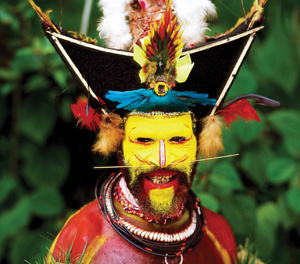
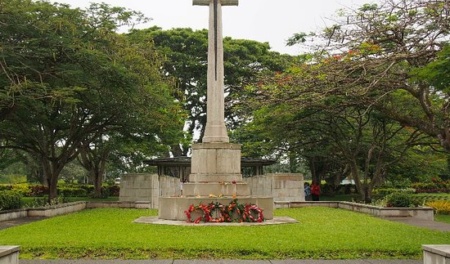
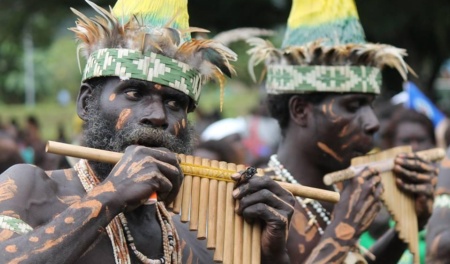
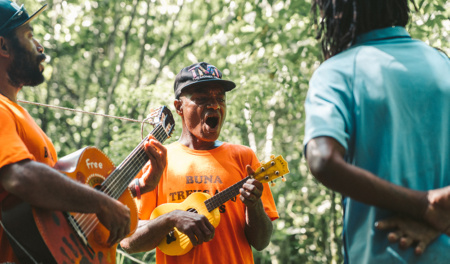
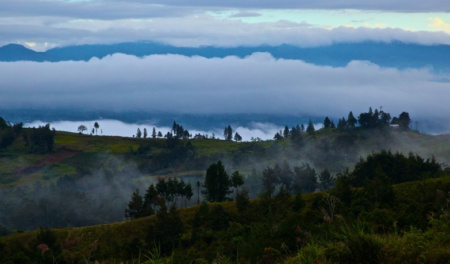
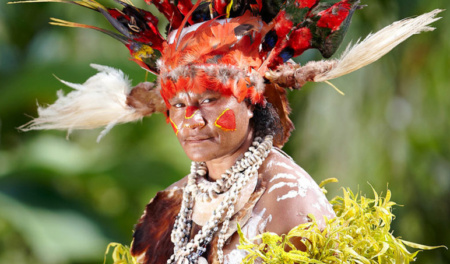
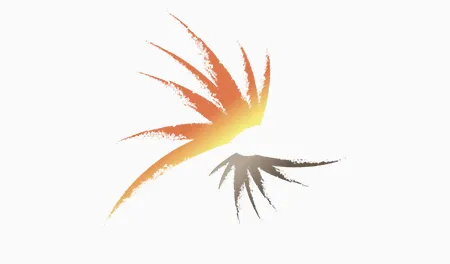
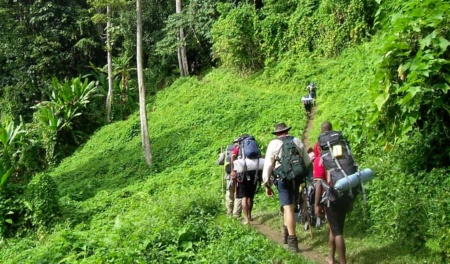
"*" indicates required fields
Thank you for submitting your proposal for the Visital Arrival System (VAS) Upgrade! We will take a look at your submission, and should you be successful, we will contact you.
However, if you do not hear from us, please consider your submission as unsuccessful.
Kind regards,
The Papua New Guinea Tourism Promotion Authority
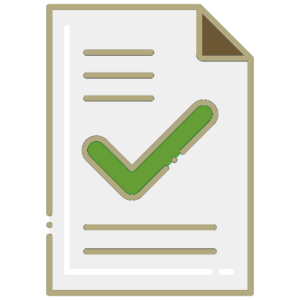
Thank you for submitting your business form. We will have our team look over the details and then contact you once we have added your details to our website.